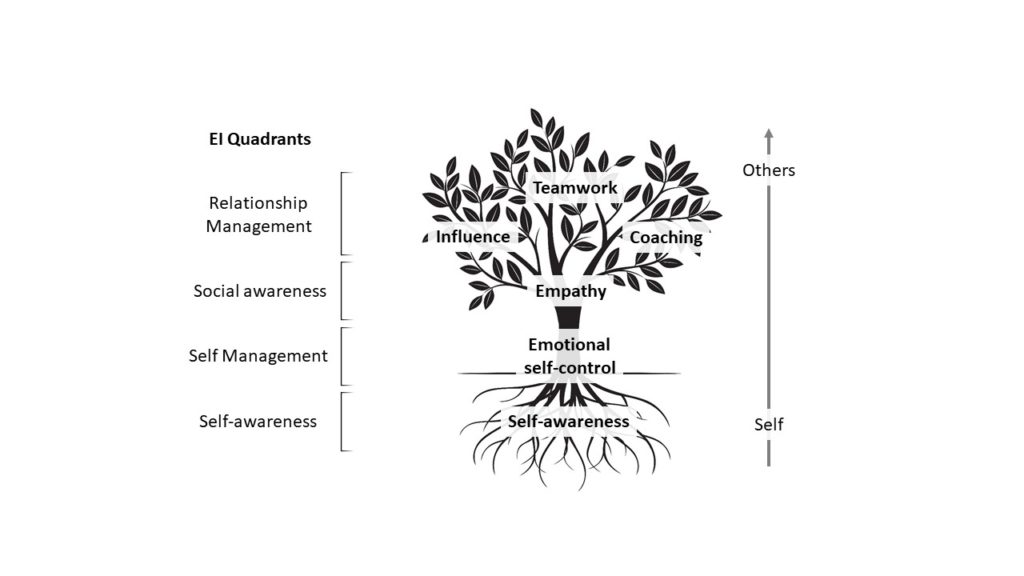How to Improve Your Online Communication with Emotional Intelligence
With more and more communication taking place online it’s important to be able to communicate effectively. This is where emotional intelligence comes in – an important life skill but one which many don’t quite understand. To help you understand it and use it to improve the online communication I have put together this guide for you based on my Livestream with Arash Arabi, a well-recognised agile coach, an international speaker and a founder of Sprint Agile.
What Exactly is Emotional Intelligence?
Emotional intelligence known as EQ for short in a nutshell can be explained as “understanding our own emotions, being able to manage them, understanding other people’s emotions, and influencing them.” Humans are emotional beings and emotions influence us more than logic. Every single decision made in our daily lives is influenced by emotion. So, we must understand the importance of emotions in our professional life. Emotions are not just a private matter. They are part of our work life too.
The Four Quadrants of Emotional Intelligence
These quadrants make up individual components of emotional intelligence. There are many quadrants of emotional intelligence but the following one is the most popular and comes from Daniel Goleman bestselling author of Emotional Intelligence:
Self Awareness
This is emotional self-awareness. It’s about understanding your emotions and their triggers.
Social Awareness
This is made up of two traits- empathy and organisational awareness. Essentially it’s about being aware of your environment and others.
Self-Management
This is about self-regulation and includes emotional self-control, achievement orientation, positive outlook, and adaptability.
Relationship Management
This is about managing your relationship with others and includes influence, coach and mentor, conflict management, inspirational leadership, and teamwork.

Competencies of Emotional Intelligence
Based on Goleman’s quadrants, Arash has come up with the following competencies which he believes build the emotional quadrants. They are represented as a tree with the trunk being the starting point:
Self Awareness
This is about going within and knowing yourself which is the first step. To help build your self-awareness pick an activity at any time of the day like picking up your cup of tea and asking yourself ‘what am I feeling’? Over time this will build up your self-awareness.
Emotional Self- Control
This is about resilience and tolerance. Being resilient with challenging situations and tolerating uncomfortable emotions help build your emotional intelligence muscles.
Empathy
This is a superpower and makes up a core component. Empathy isn’t about putting yourself in someone else’s shoes. You need to remove yourself entirely from the situation. To do so, you need to see the world and experience what someone else is feeling from their perspective.
Others
This is about working with others and is made up of teamwork, influence, and coaching.

Emotional Intelligence and Online Communication
The online world is made up of a wide range of channels. Depending on which channel you use you’ll need a different approach for using emotional intelligence. For instance, a livestream requires a different type of emotional intelligence than a blog post. The former is more interactive than the latter. Some channels are more interactive than others. So, adjust your strategy. Then you must consider your bandwidth. Some bandwidth allows for more interaction than others.

Practice Emotional Intelligence
Just like with any skill you must practice emotional intelligence both online and offline. Starting with empathy is a great way as empathy is such a vital trait and skill. Remember the key difference between online and offline is your strategy. You need to adjust accordingly depending on the situation. It all comes down to how you make people feel.
Don’t forget to incorporate emotional intelligence into your video content. For expert assistance with video contact Yana Martens.